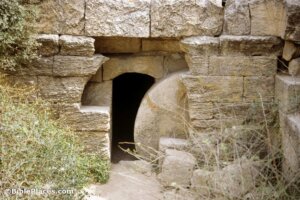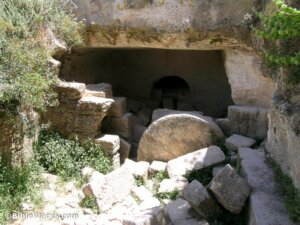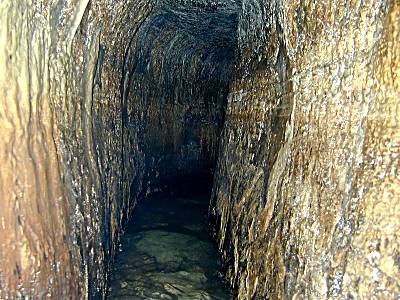After spending a semester in Israel, many students have a love for the land and a desire to return. Exactly how to do that isn’t always clear. One option that I recommend is to study the “other half” of the land, what is today the country of Jordan. You really don’t understand how integral that “half” is until you spend time learning about it (just as most people don’t understand the value of knowing the geography of Israel before they come). IBEX used to offer a course on Jordan, but it’s been many years since we have. This wouldn’t be ideal for returners anyway, because it was a regular semester course. A better way is a short-term program focused on Jordan.
The Biblical Archaeology Society is now promoting their “Jordan In Depth” tour. You can see the itinerary, and if this is your only option, I don’t doubt that it would be helpful. But it’s certainly not the best, nor is it the best value for your money. You get 8 days touring the land at a cost of $3700 from New York.
A better option is the Jordan program offered by the University of the Holy Land and taught by Dr. Ginger Caessens. This program is about 13 days of touring at a cost of $1575 (without airfare). If you can get airfare for $1100 (from NY), you save $1000 and get 5 extra days. And 2 credits for grad school or college.
I have participated in the UHL Jordan program and it is excellent in every way. The professor has a thorough knowledge of the biblical connections that the BAS program doesn’t have. You can see this just by looking at what the BAS itinerary doesn’t include: the biblical sites of Ramoth Gilead, Jabesh Gilead, Penuel, Mahanaim, Sukkot, Heshbon, Dibon, Ezion Geber area, and many other smaller sites.
To me, these skipped sites are what biblical Jordan is all about. Any tour of Jordan will take you to Petra and Jerash.
P.S. I, of course, get nothing from promoting this. One of the reasons the BAS program is $1000 more for 5 days less is because BAS is taking their cut for promoting the program and I’m advertising the UHL program for free (and without anyone asking). The UHL program also knows how to eliminate multiple layers of middlemen and that cuts the cost significantly.




